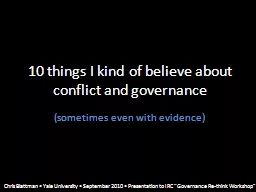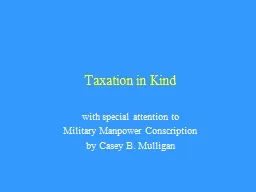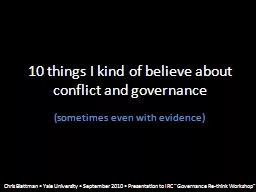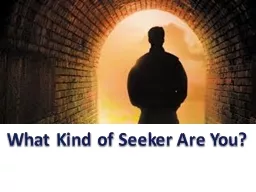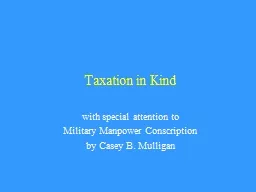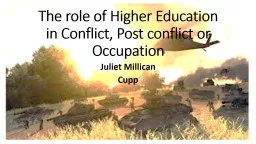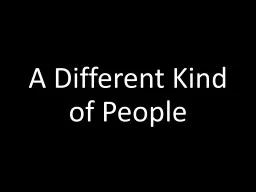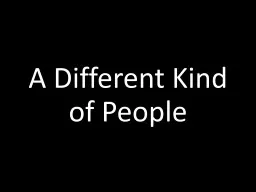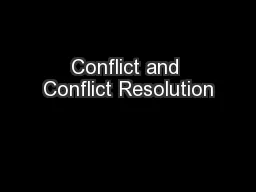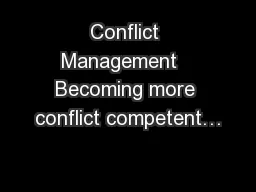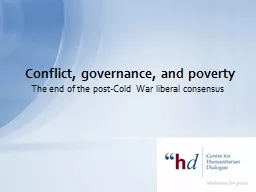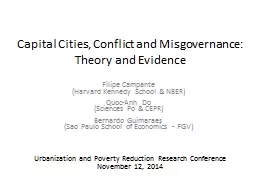PPT-10 things I kind of believe about conflict and governance
Author : lindy-dunigan | Published Date : 2019-02-27
sometimes even with evidence Chris Blattman Yale University September 2010 Presentation to IRC Governance Rethink Workshop 1 Civil war is on the decline
Presentation Embed Code
Download Presentation
Download Presentation The PPT/PDF document "10 things I kind of believe about confli..." is the property of its rightful owner. Permission is granted to download and print the materials on this website for personal, non-commercial use only, and to display it on your personal computer provided you do not modify the materials and that you retain all copyright notices contained in the materials. By downloading content from our website, you accept the terms of this agreement.
10 things I kind of believe about conflict and governance: Transcript
Download Rules Of Document
"10 things I kind of believe about conflict and governance"The content belongs to its owner. You may download and print it for personal use, without modification, and keep all copyright notices. By downloading, you agree to these terms.
Related Documents

